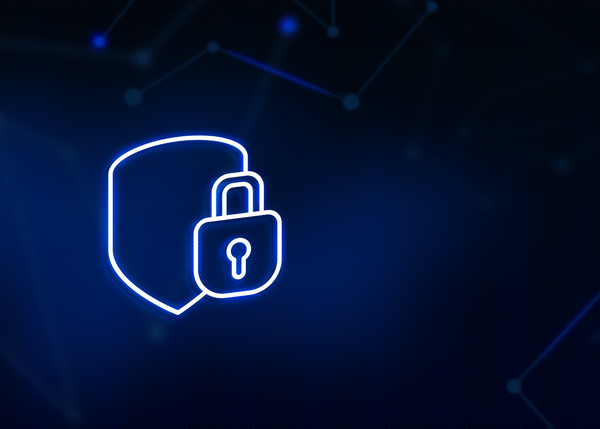Software-as-a-Service (SaaS) has long been the most popular cloud computing model. It enables organizations to eliminate the cost and headaches of implementing and managing applications on premises. SaaS also increases productivity and flexibility, and allows organizations to take advantage of solutions they might otherwise be unable to afford.
The rise of remote and hybrid work models has revealed another advantage — SaaS makes it easier for employees to access applications and data from anywhere. According to a report from Blissfully, average per-company spending on SaaS increased 50 percent in 2020 compared to 2018.
Despite the proven benefits of SaaS, it comes with undeniable IT management challenges. SaaS upended traditional procurement practices, giving users the power to acquire applications and services without IT’s involvement. Users may turn to SaaS to fill gaps left by company-approved applications, or deviate from corporate standards because they prefer a particular SaaS platform. Either way, this shadow IT environment creates security and compliance risks.



